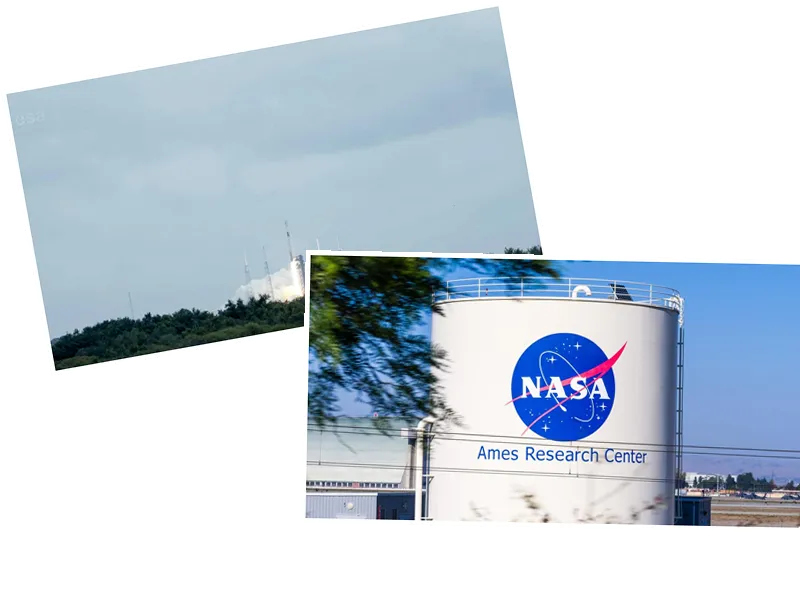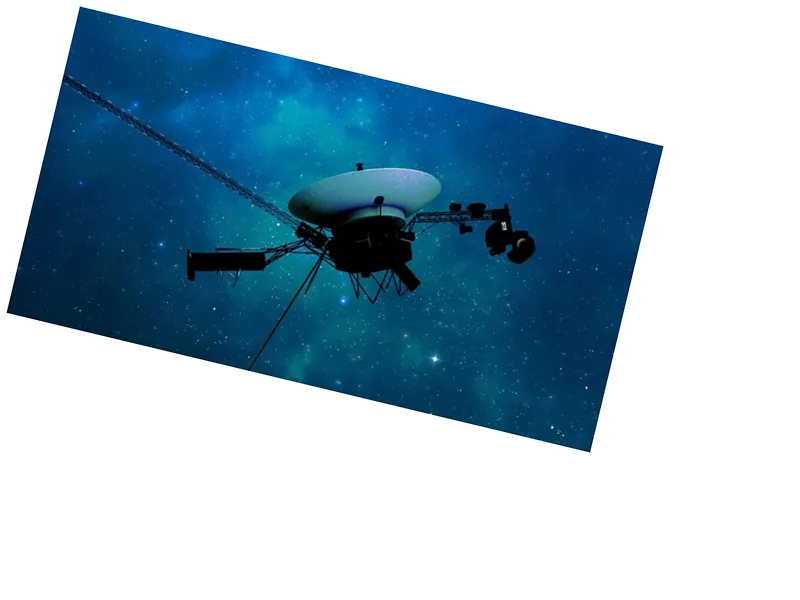NASA's Europa Clipper Mission: A New Era in Space Exploration
NASA's Europa Clipper probe has embarked on an ambitious mission to explore Europa, one of Jupiter's moons, to assess its potential habitability. Launched on October 14, 2024, aboard a SpaceX Falcon Heavy rocket from the Kennedy Space Center in Florida, the spacecraft aims to determine whether this icy moon has the necessary ingredients to support life. The probe is expected to arrive at Europa in April 2030, where it will conduct 49 close flybys, gathering critical data about its subsurface ocean and icy shell.
The Europa Clipper represents NASA's largest spacecraft designed for interplanetary exploration, measuring 30 meters wide when its solar panels are fully deployed. Equipped with nine sophisticated instruments, including cameras, spectrometers, and a magnetometer, the probe will investigate the moon's geology, ice thickness, and ocean composition. NASA officials emphasize that while the mission will not search for direct signs of life, it will assess the moon's habitability by examining the presence of water, energy, and essential chemical compounds.
The Search for Life Beyond Earth
The Europa Clipper mission is part of a broader initiative to explore ocean worlds in our solar system, with Europa being a prime candidate due to its suspected subsurface ocean that may contain more liquid water than all of Earth's oceans combined. Scientists are particularly interested in understanding how the ocean interacts with the icy surface and whether the conditions are suitable for primitive life forms, such as bacteria.
Curt Niebur, the mission's lead scientist, expressed excitement about exploring a world that could potentially be habitable today, rather than one that was habitable billions of years ago. The probe's findings could revolutionize our understanding of life in the universe, especially if Europa is found to have similar conditions to Earth. The mission, which has been in development since 2013, faced challenges, including concerns about radiation exposure from Jupiter's intense magnetic field. However, engineers successfully implemented protective measures to ensure the spacecraft's safety during its journey.
As the Europa Clipper embarks on this groundbreaking mission, it will work in tandem with the European Space Agency's Juice probe, which is set to study other moons of Jupiter. The data collected from both missions may provide insights into the potential for life beyond Earth and reshape our understanding of habitable environments in the cosmos.





